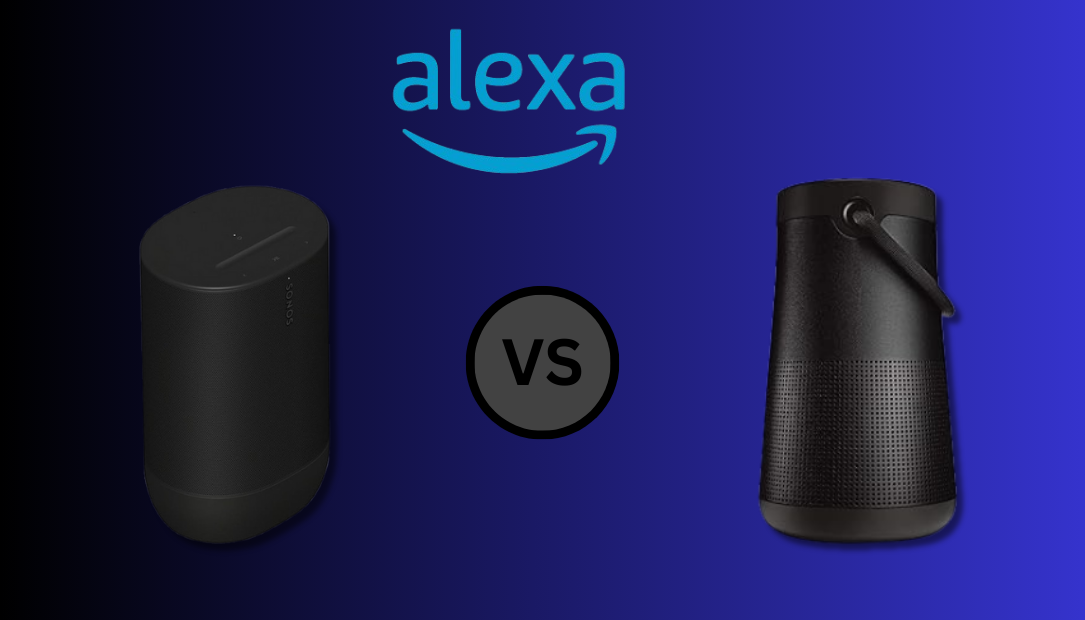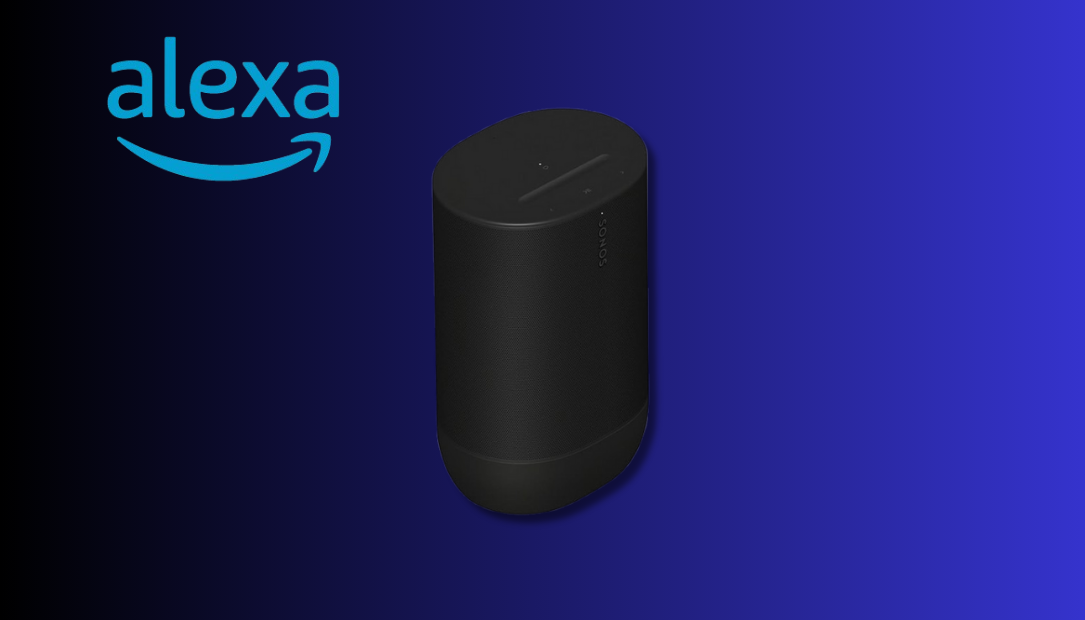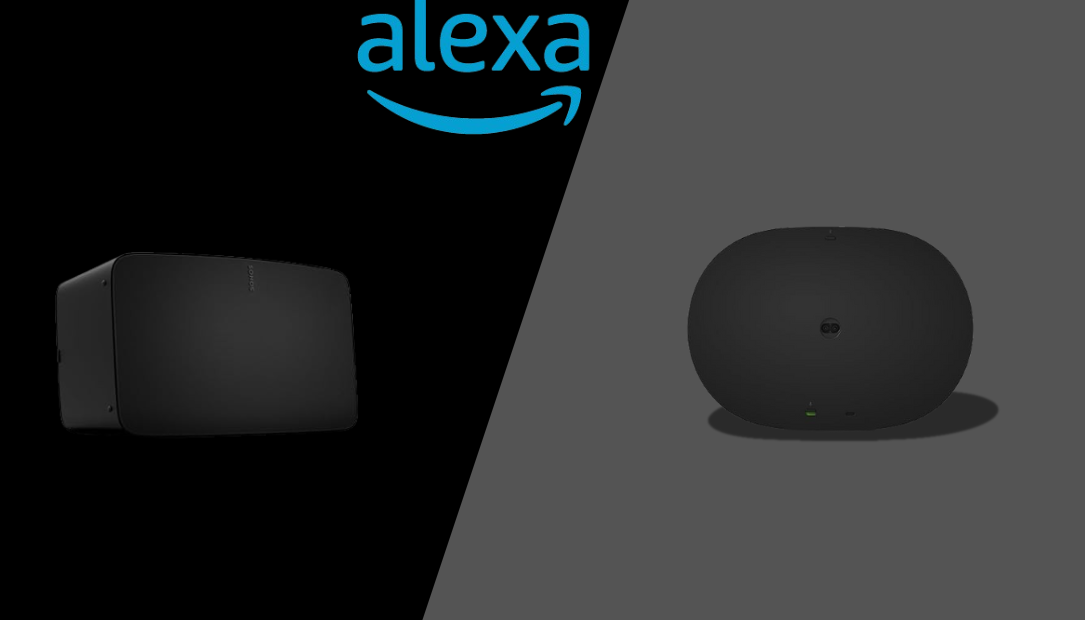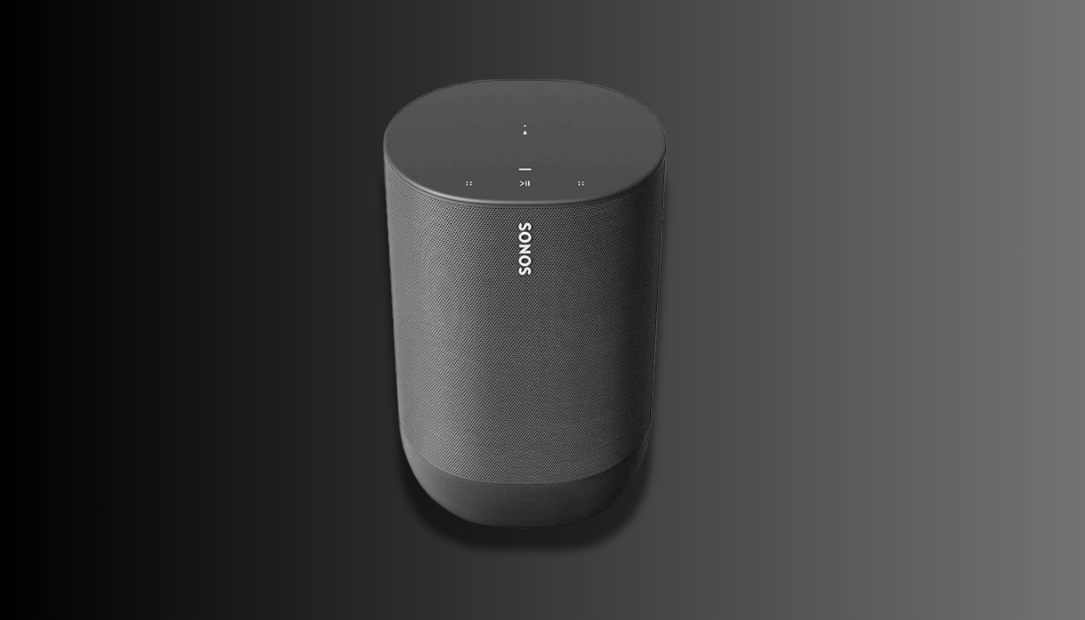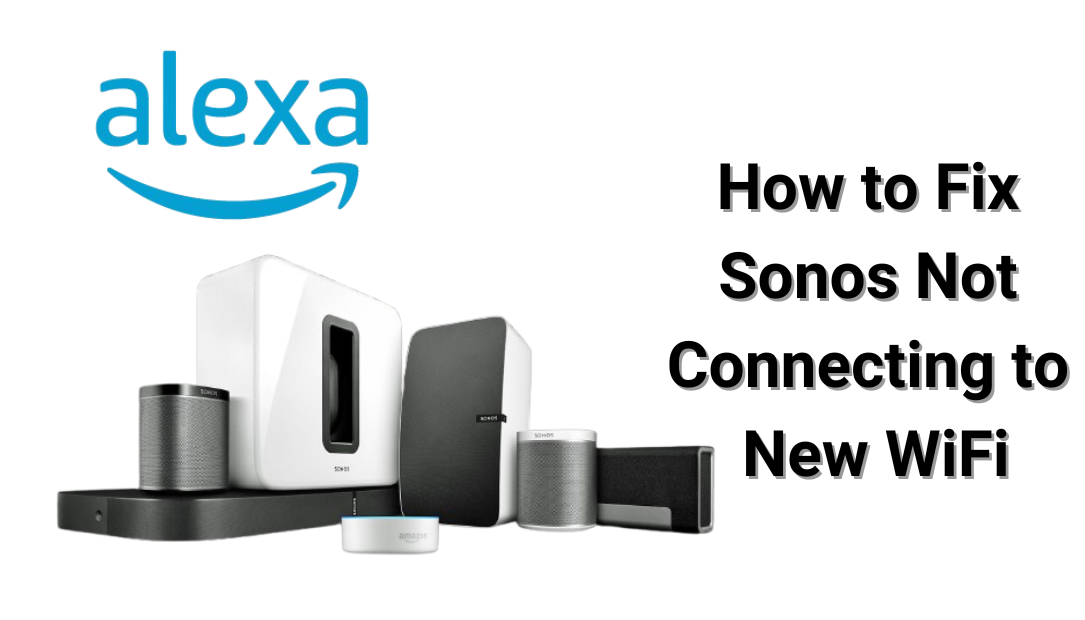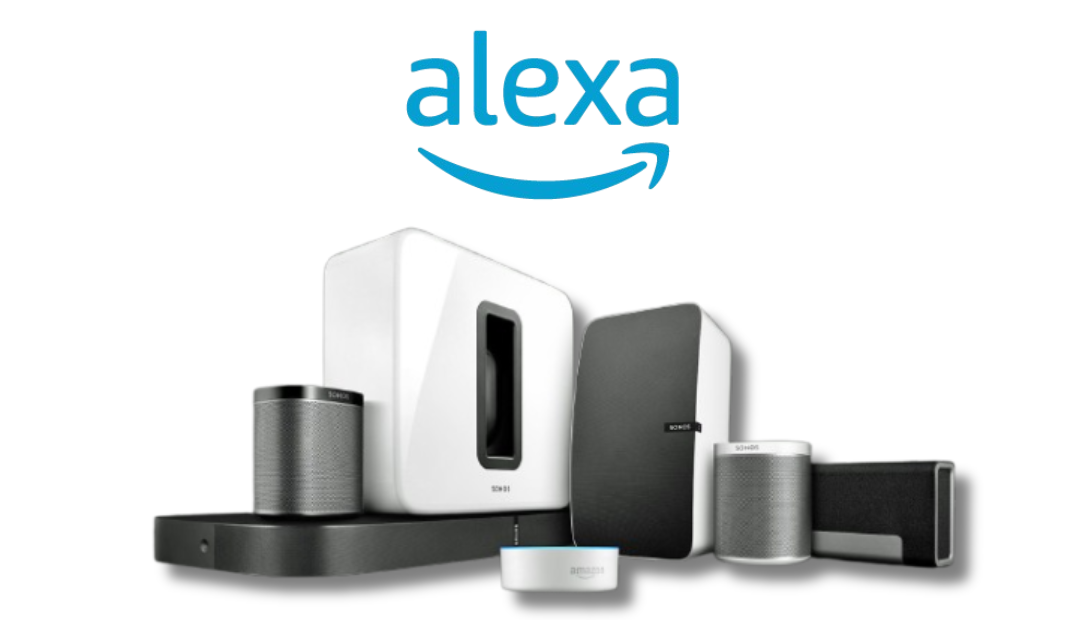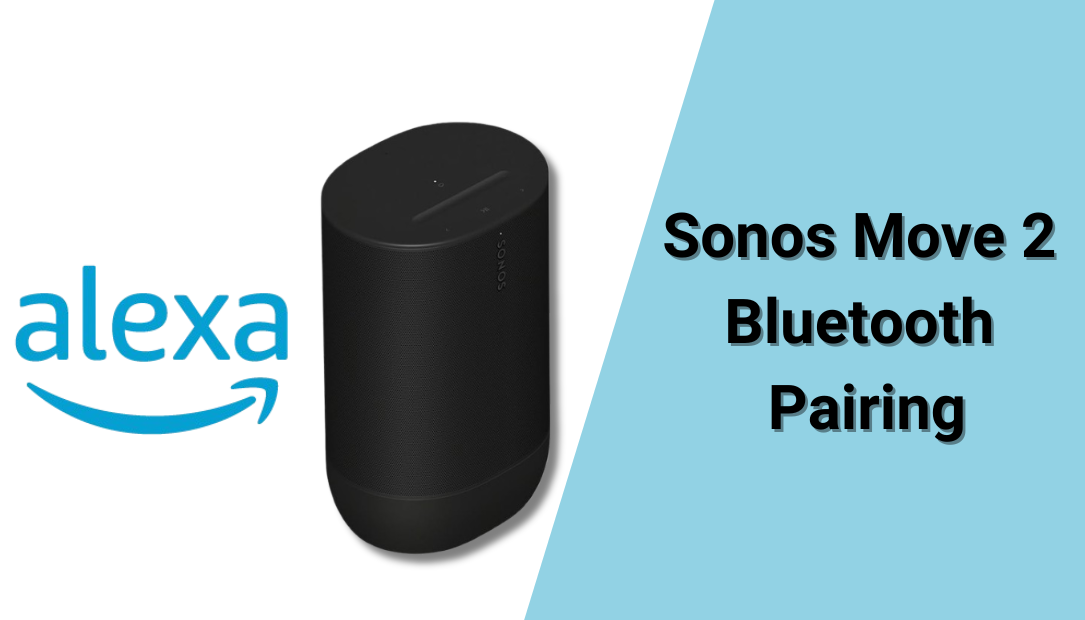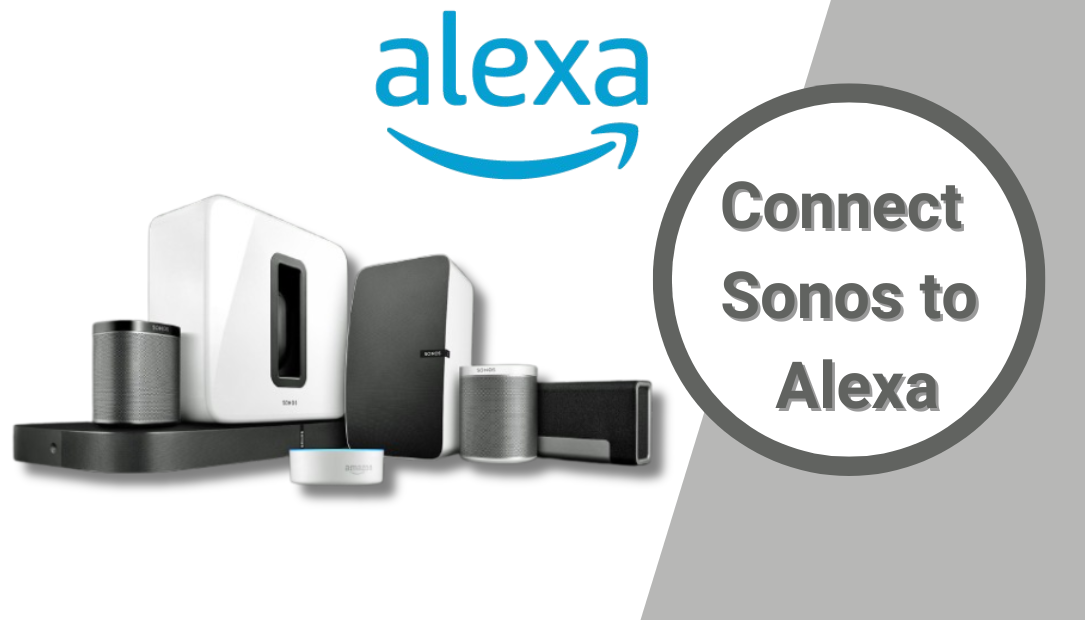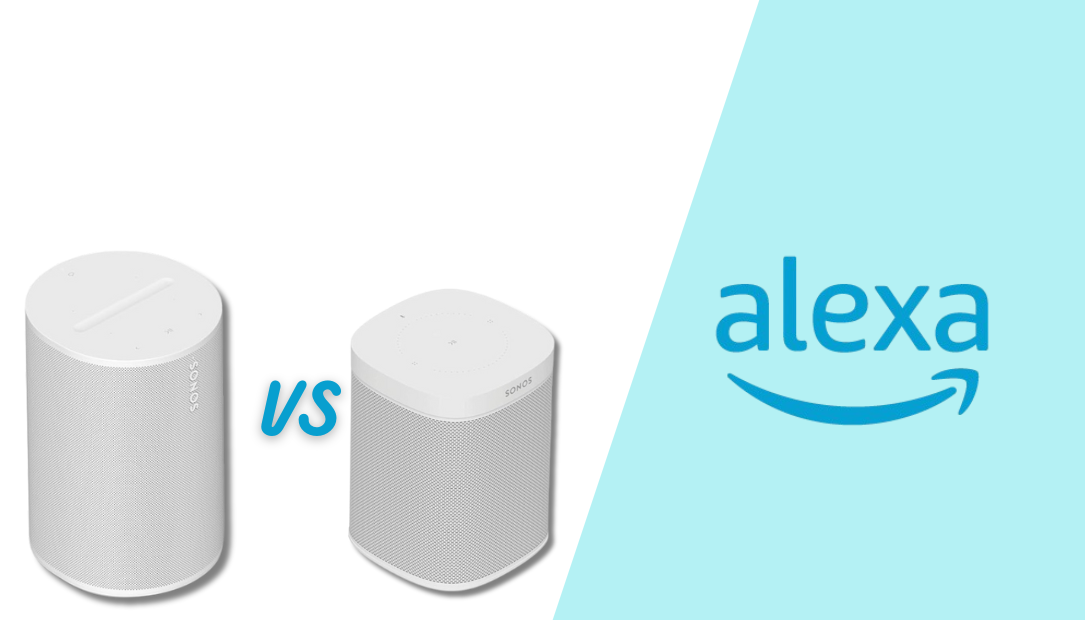When it comes to premium wireless speakers, Sonos has long held its place as a top contender. With products like the Sonos Move 2 and Era 300, the brand offers a diverse range of options to suit various needs and environments.
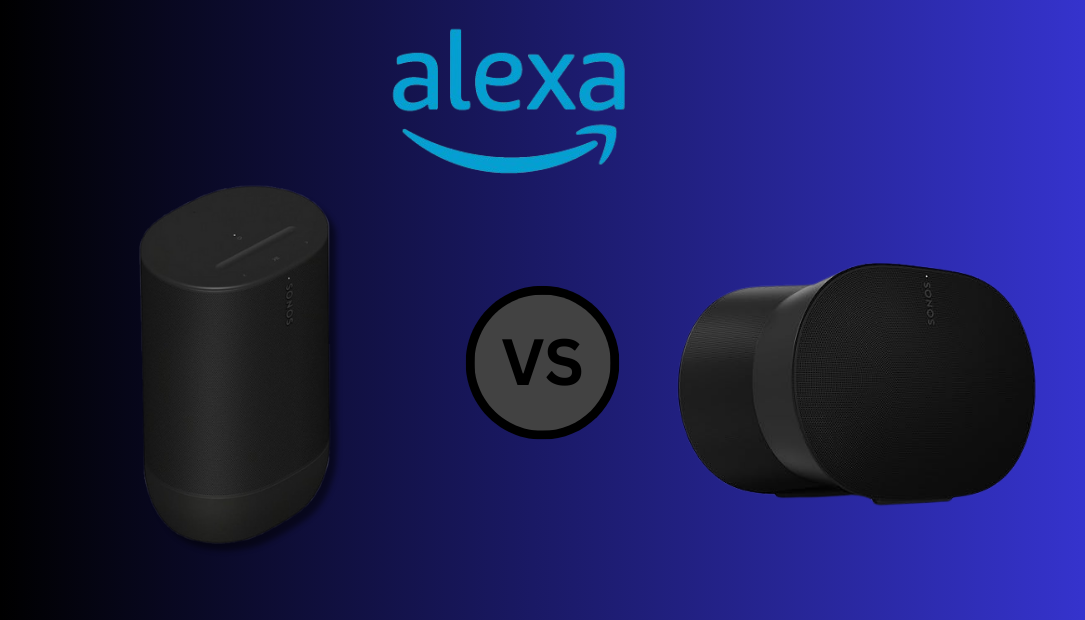
While both speakers are exceptional in their own right, my decision to upgrade to the Sonos Move 2 from the Era 300 was influenced by several compelling factors, including portability, durability, sound quality, and advanced features.
In this Sonos Move 2 vs Era 300 comparison, I’ll delve into the key differences between these two amazing speakers and explain why the Move 2 ultimately won me over.
Design and Portability
One of the most striking differences between the Sonos Move 2 and the Era 300 is their design and portability.
Sonos Move 2
The Move 2 is designed with mobility in mind. With its integrated handle and robust build, it’s the perfect speaker to take outdoors or move around the house. Weighing approximately 6.6 pounds, it strikes a balance between portability and sturdiness. The Move 2 also boasts an IP56 weatherproof rating, making it resistant to water splashes, dust, and even minor impacts.
Era 300
On the other hand, the Era 300 is intended as a stationary speaker for indoor use. Its futuristic design is sleek and elegant, making it a great addition to a home entertainment setup. However, its lack of portability and durability features limits its versatility. It’s not designed to withstand outdoor conditions or be moved frequently.
Why the Move 2 Wins
For someone like me who enjoys listening to music both at home and outdoors, the Move 2’s portability and durability are game-changers. Whether I’m hosting a backyard barbecue or enjoying a quiet day at the beach, the Move 2 seamlessly adapts to my lifestyle.
Audio Performance
Sound quality is arguably the most important factor when choosing a speaker, and both the Sonos Move 2 and Era 300 deliver exceptional audio. However, their target audiences differ slightly.
Sonos Move 2
The Move 2 features Trueplay tuning technology, which automatically adjusts the sound based on the acoustics of its environment. Whether it’s in a small room or an open outdoor space, the Move 2 ensures balanced, high-fidelity audio. Its dual tweeters provide a wider soundstage compared to its predecessor, and the bass is deep and punchy without overpowering the mids and highs.
Era 300
The Era 300 is built with immersive, spatial audio in mind. Equipped with six drivers, it excels at delivering multidirectional sound, making it ideal for Dolby Atmos tracks. The speaker creates a surround-sound effect that’s perfect for cinematic experiences or studio-quality music playback.
Why the Move 2 Wins
While the Era 300’s spatial audio is impressive, the Move 2’s adaptability to both indoor and outdoor environments gives it an edge for everyday use. The sound quality remains consistent regardless of where I use it, making it a more versatile choice.
Battery Life and Power
Another major consideration when comparing the Sonos Move 2 and Era 300 is battery life.
Sonos Move 2
The Move 2 offers an impressive 24-hour battery life on a single charge, a significant improvement over the original Move. It charges via a convenient base station and also supports USB-C charging, making it easy to power up while on the go.
Era 300
The Era 300, being a stationary speaker, requires a constant connection to a power source. It does not have a built-in battery, which limits its flexibility for those who value wireless, portable audio solutions.
Why the Move 2 Wins
The Move 2’s long battery life allows me to enjoy uninterrupted music all day without worrying about finding an outlet. This freedom to move the speaker wherever I please is a feature I can’t live without.
Connectivity and Smart Features
Both the Move 2 and Era 300 are equipped with modern connectivity options and smart features, but there are some key differences.
Sonos Move 2
The Move 2 supports both Wi-Fi and Bluetooth, allowing seamless switching between the two modes. This is particularly useful for outdoor use when Wi-Fi may not be available. Additionally, it integrates with Amazon Alexa and Google Assistant, providing hands-free control. AirPlay 2 support makes it easy to stream music directly from Apple devices.
Era 300
The Era 300 also supports Wi-Fi, Bluetooth, and AirPlay 2, along with smart assistant integration. However, its reliance on Wi-Fi for optimal performance makes it less versatile for outdoor use. The Era 300 is also heavily focused on spatial audio, which may not appeal to everyone.
Why the Move 2 Wins
While both speakers are smart and connected, the Move 2’s seamless switch between Wi-Fi and Bluetooth, combined with its outdoor-friendly design, makes it a more practical choice for my needs.
Durability and Build Quality
Durability is a critical factor for anyone who plans to use their speaker in various environments.
Sonos Move 2
The Move 2 is built to withstand the elements. Its IP56 rating ensures protection against dust, water splashes, and light rain, making it perfect for outdoor adventures. The sturdy design also prevents damage from accidental drops.
Era 300
The Era 300 is built for indoor use and lacks the rugged features of the Move 2. While its premium materials and design make it an attractive addition to a living room, it’s not designed to handle the wear and tear of outdoor use.
Why the Move 2 Wins
For someone who values versatility and durability, the Move 2 is the clear winner. Its rugged build gives me peace of mind, knowing it can handle any environment.
Price and Value
Price is often a deciding factor when choosing between two high-end speakers.
Sonos Move 2
The Move 2 is priced higher than the Era 300, reflecting its additional features, portability, and battery life. While it’s an investment, the value it provides makes it worth the cost.
Era 300
The Era 300 is slightly more affordable but is geared toward users who prioritize spatial audio over portability and durability.
Why the Move 2 Wins
For me, the additional cost of the Move 2 is justified by its versatility, portability, and long battery life. It’s a speaker that fits seamlessly into every aspect of my life, from home use to outdoor adventures.
Final Thoughts: Why I Upgraded to the Sonos Move 2
While the Sonos Era 300 is an excellent speaker with advanced spatial audio capabilities, the Sonos Move 2 stands out as the superior option for those seeking a versatile, portable, and durable speaker. Its combination of excellent sound quality, long battery life, rugged design, and smart features makes it a perfect fit for my lifestyle.
Whether I’m enjoying music at home or taking the party outdoors, the Move 2 delivers an unmatched audio experience that I can rely on anytime, anywhere. If you’re in the market for a high-quality wireless speaker and value portability and durability as much as sound performance, the Sonos Move 2 is undoubtedly the better choice.
